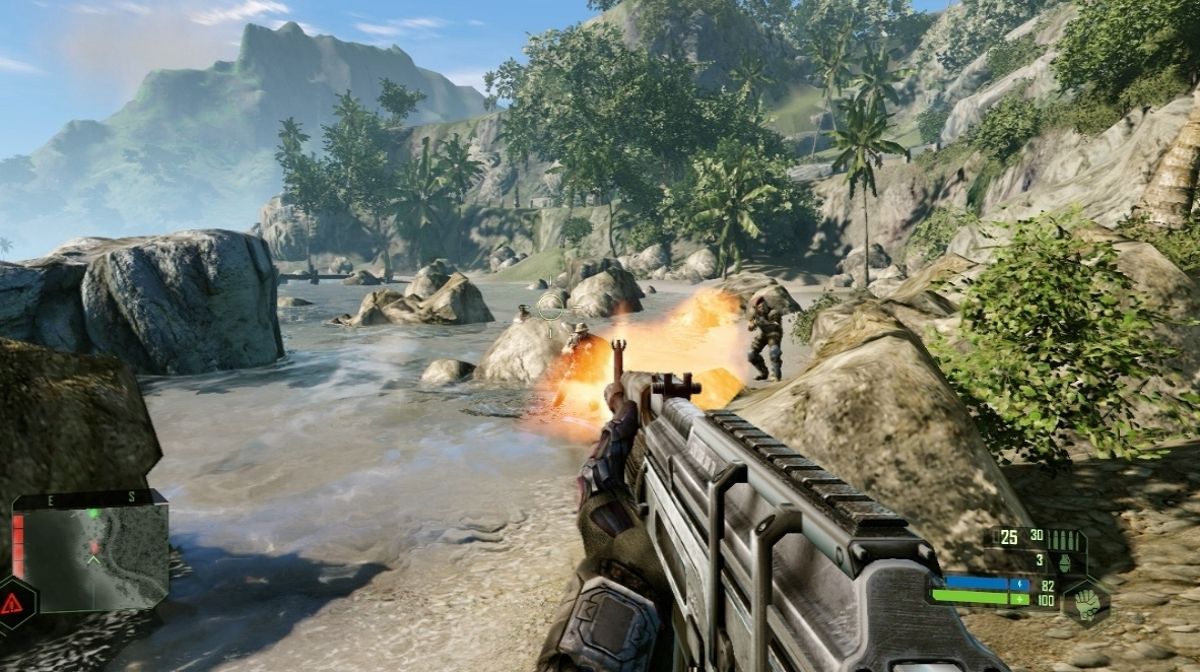I am all for the inclusion of difficulty settings in games. Personally, I don’t see a problem if people want to play every game on easy or if they’re set on making a challenge for themselves by playing on a higher difficulty. Having the freedom to choose what type of gaming experience you want is great and I think it would make sense for most games to include this choice. However, that option certainly begins to feel less invigorating when you realize that playing on hard mode is simply going to mean more of a time sink than you’d have on normal mode.
So many games have fallen victim to the idea that it’s fun to do a run-through of a game where it’s just harder to kill all the enemies and it’s easier for them to kill you. For example, Fire Emblem: Three Houses includes a normal, hard, and maddening mode but there is almost no difference between the three. The quests are the same, the maps are the same, and the enemies are the same. On maddening mode, your stats are lowered, you gain fewer experience points, the enemies’ stats and abilities are increased dramatically, and you have less gold. Basically, this results in you needing to do more side battles (grinding), and repeatedly attempting the same main-story battles when you inevitably lose (assuming you’re not willing to let anyone die).
Some games don’t even have difficulty settings, and they suffer from that too. Pokemon, for example, has gotten far too easy. The next Pokemon games would definitely benefit from adding difficulty settings, but not if they just up the stats of the enemy Pokemon, causing players on hard mode to have to grind a lot more often. They need to up the enemies’ AI — trainers should switch out their Pokemon, they should use super-effective attacks when possible, and gym leaders should have a full set of Pokemon. These are only some of the ways that the games should be improved.
Not every game suffers from this lack of creativity when it comes to difficulty level, though. For example, the hard mode for Crysis included a bunch of differences from normal mode aside from enemies being able to kill you more easily. On hard mode, enemies will not glow in the player’s view, players cannot control mounted guns while driving, the Nano suit recharges at a slower rate, the Koreans have better accuracy and start using cover often, and enemies only show up if marked by binoculars. In addition, the Korean infantry actually speaks in Korean on the hardest difficulty setting. These are great examples of ways to encourage strategic improvements on the player’s part. Not only that, but these qualities make hard mode actually more interesting to play, encouraging players who beat the game on normal to want to attempt it. This is much more rewarding than playing a game again on a higher difficulty setting just to have to do all the exact same things again with extra grinding.
Perhaps if gamers can just admit that saying “grinding isn’t fun” is not a sign of weakness, we might start to see some more impactful difficulty settings in games across the board. Unfortunately, too many people have this idea that you’re only a “real gamer” if you are willing to spend hours upon hours grinding up your stats in order to beat the game on a higher difficulty. I can get behind some grinding, but that using that method as the primary path for successfully completing a game’s harder difficulty setting needs to stop.


